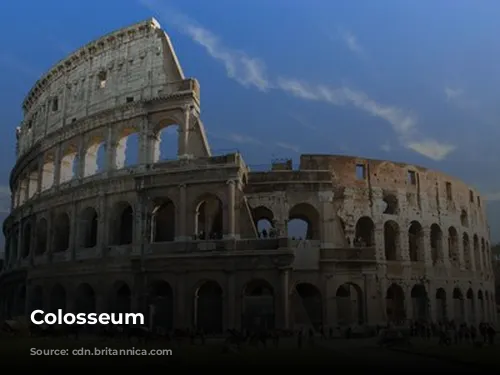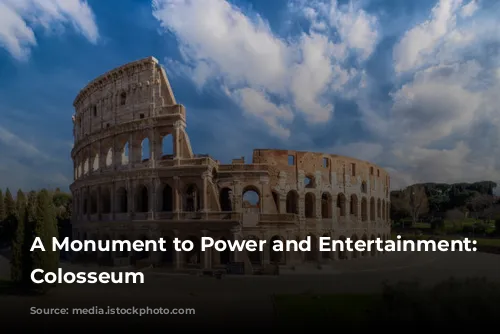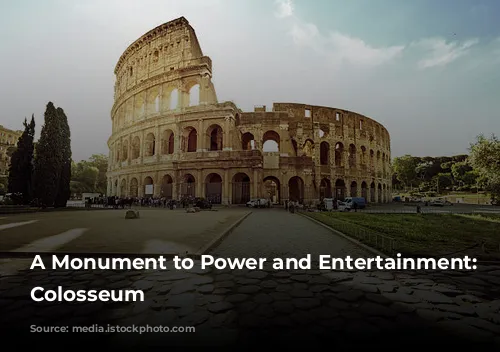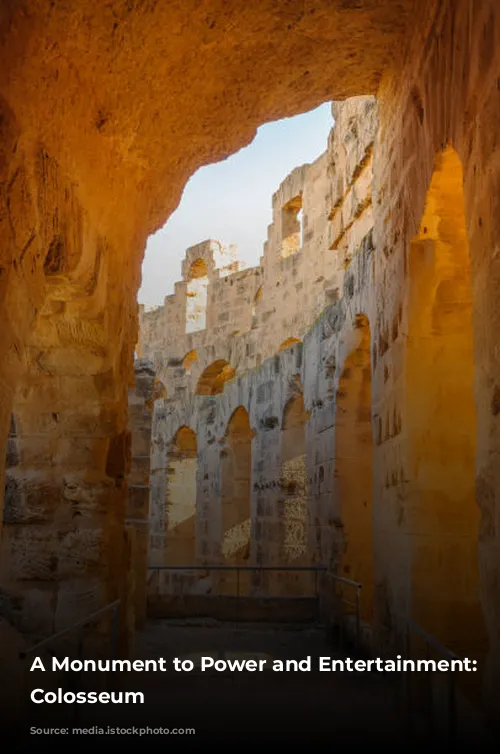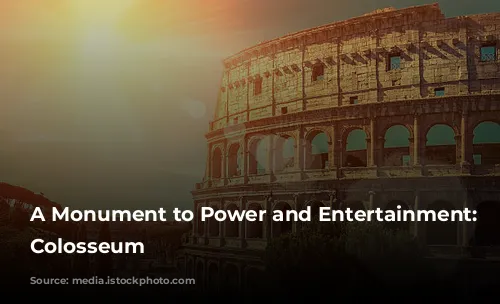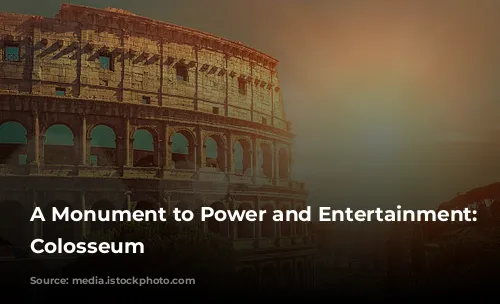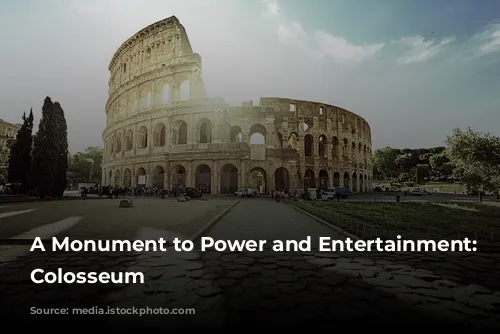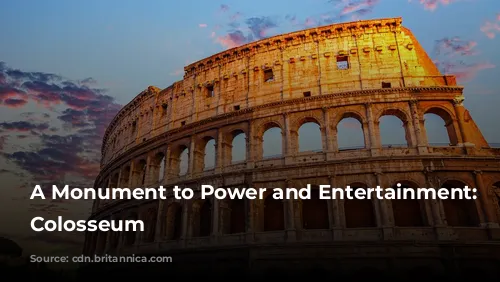The Colosseum, a towering symbol of ancient Rome, stands as a testament to the architectural and engineering prowess of the Roman Empire. More than just a relic of the past, this magnificent structure is also a key source of income for the Italian government, attracting millions of tourists each year.
The Colosseum, the Roman Forum, and Palatine Hill together generated over $63.3 million in revenue in 2018, making it the most profitable tourist attraction in Italy. The Colosseum’s enduring popularity is a testament to its historical significance and awe-inspiring grandeur.
From Gladiator Arena to Quarried Ruins
The Colosseum’s journey has been marked by both glory and neglect. After the fall of the Western Roman Empire, the Colosseum fell into a state of disrepair. In the 12th century, it was repurposed as a fortress by powerful Roman families, the Frangipane and the Annibaldi.
The Colosseum’s fate took a darker turn in the late 15th century when Pope Alexander VI allowed it to be used as a quarry. This period of neglect lasted for over a thousand years, leaving the Colosseum in a state of ruin. It was only in the 1990s that state-funded restoration efforts finally breathed new life into this ancient monument.
A Symbol of Imperial Might
The Colosseum’s construction was a project of immense scale, undertaken as part of a broader effort to revitalize Rome after the chaotic year of the Four Emperors in 69 CE. Emperor Vespasian, seeking to restore stability and order, envisioned the Colosseum as a grand entertainment venue to showcase Roman power and appease the populace.
The Colosseum, like other amphitheaters of the time, was designed to host gladiatorial contests, animal hunts, and even elaborate mock naval battles. These spectacles served as a powerful form of propaganda, demonstrating the Empire’s might and control over its vast territories.

A Legacy of Blood and Stone
Construction of the Colosseum began under Vespasian between 70 and 72 CE, with the completed structure dedicated in 80 CE by his son and successor, Titus. The Colosseum’s fourth story was added by Domitian, Titus’s younger brother, in 82 CE.
The Colosseum was financed with the spoils of war, specifically the plunder from Titus’s conquest of Jerusalem in 70 CE. It was built by enslaved Jews from Judaea, adding a layer of complexity to the Colosseum’s history.
A Colossal Structure
The Colosseum, also known as the Flavian Amphitheatre, is a monumental elliptical structure built with stone, concrete, and tuff. It rises to a height of four stories, with its imposing dimensions measuring 620 by 513 feet (189 by 156 meters). This vast amphitheater could accommodate an estimated 50,000 spectators, making it one of the largest ever built.
The Colosseum was famed for its gladiatorial combats, where skilled warriors fought for the entertainment of the masses. These contests often involved brutal combat, with the outcome often decided by death.
A Grand Spectacle
The Colosseum was not simply a venue for gladiatorial contests but a grand spectacle designed to impress and entertain. A massive retractable awning, known as a velarium, protected spectators from the sun. This intricate system required hundreds of Roman sailors to operate, highlighting the complexity of Roman engineering.
The Colosseum hosted a wide range of events, from the violent and bloody to the more elaborate and theatrical. Mock naval battles, animal hunts, and even theatrical performances were staged within the arena, captivating the imaginations of the Roman populace.

A Legacy of Ruin and Renewal
The Colosseum’s legacy is a complex one, marked by both grandeur and decay. After centuries of neglect, the structure fell victim to vandalism, pollution, and even earthquakes. The once-glorious marble seats and decorative materials were stripped away, leaving the Colosseum a mere quarry for building materials.
The Colosseum’s revival began in earnest in the 19th century, with significant efforts led by Pope Pius VIII. A major restoration project was undertaken in the 1990s, returning the Colosseum to its former glory. Today, the Colosseum stands as a testament to the enduring power of ancient Rome, attracting millions of visitors who marvel at its size, history, and enduring appeal.
The Colosseum continues to serve as a major tourist attraction, with nearly seven million visitors annually. Regular exhibitions and events are held within its walls, keeping the spirit of ancient Rome alive for generations to come. The Colosseum’s story is a reminder that even the most magnificent monuments can face decay and destruction, but with careful preservation and restoration, their legacy can endure for centuries to come.
